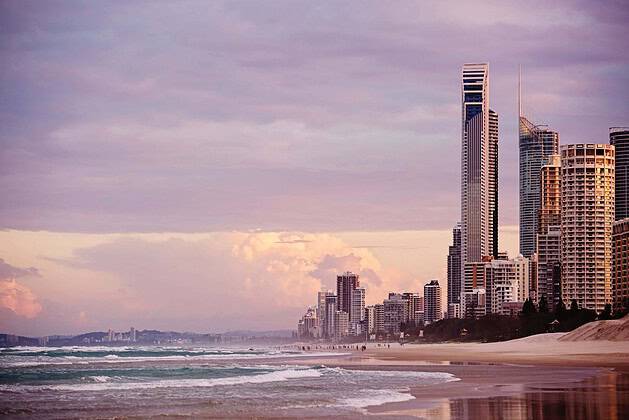The climate in Queensland, Australia, is sub-tropical. The summer is rainy and humid while the winter is slightly cooler, especially at night, and relatively dry. It’s very hot all year round, with an average temperature of 29 degrees Celsius. January is the hottest month, with temperatures in the low thirties, but it’s not unusual for the mercury to dip into the forties: the hottest recorded temperature in Queensland is 49.5 degrees Celsius.

Because it’s so hot all year round in Queensland, home design has to take the temperature into account. If a home is poorly designed, it will be unbearable on particularly hot days. Here are some aspects of home design that are designed to mitigate the heat.
Air Conditioning
Air conditioning comes as standard in many Queensland homes. According to LiVE Services Group (Air conditioning specialists) in Sunshine Coast, Queensland, Australia, a lack of air-conditioning can lead to disrupted sleep and other health issues. However, the right system needs to be installed, and unless you want to deal with an inconvenient breakdown on the hottest day of the year, it’s sensible to have the system serviced regularly.
Smart aircon systems are ideal for a hot and humid climate. Instead of a manual control, the system automatically adjusts to your needs. It can also be controlled via a smartphone. So, if you want to save money, you can set it to come on 30 mins before you arrive home from work, instead of leaving it running all day or you walking into a hot and humid house at 6pm.
Roof Design
Hot and humid climates are harsh on building materials. Excess humidity in the atmosphere can easily lead to mould growth in the roof. The best way to prevent this problem is by installing a moisture-resistant vapor barrier between the roof and the house. In addition, solar reflective materials help to keep the interior of the house cooler on hot days.
Roofs in Queensland are usually light-coloured to reflect the heat. In addition, foil insulation can be used to prevent heat transfer during the summer months.
Cladding
Lightweight cladding helps the heat to escape at night, when the air cools down, while insulation on external walls keeps the warm air in when the temperatures drop during the winter months.
Outdoor Living
Australians love outdoor living and Queensland homes often come with a swimming pool and outdoor seating and dining area as standard. Plenty of shade is essential when designing an outdoor living area. The heat can be brutal and without adequate shade, you can’t relax and dine outdoors.
Canopies and covered areas help to provide some much-needed respite from the heat. They also shade windows and glass doors, which keeps adjacent rooms a bit cooler.
There are various options to consider, such as timber pergolas planted with climbers or sturdier composite roofs; it very much depends on the style of the property.
With the right home design, life in Queensland can be just as pleasant as life in a cooler, temperate climate like New South Wales.














